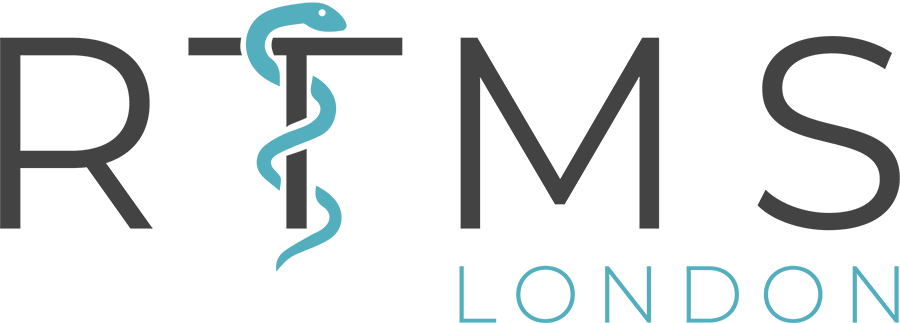
RTMS for Neuropathic Pain
Neuropathic pain is a chronic and often debilitating condition that affects millions of people worldwide. Despite the availability of various treatment options, many patients continue to experience persistent and severe pain. Recently, repetitive transcranial magnetic stimulation (rTMS) has emerged as a promising therapeutic option for neuropathic pain. In this article, we will summarize the latest research on the effectiveness of rTMS in the treatment of neuropathic pain.
What is rTMS?
Repetitive transcranial magnetic stimulation (rTMS) is a non-invasive brain stimulation technique that uses electromagnetic fields to stimulate electrical activity in the brain. The technique involves placing a magnetic coil on the scalp, which generates a rapidly changing magnetic field. This magnetic field penetrates the skull and induces electrical currents in the brain, which can change the activity of neural circuits.
How Effective is it?
Several studies have investigated the effectiveness of rTMS in the treatment of neuropathic pain. A systematic review and meta-analysis (which is considered to be the highest form of evidence available) of 29 randomized controlled trials, published in the journal ‘Pain’ in 2019, found that rTMS was associated with a significant reduction in pain intensity in patients with neuropathic pain.
Another systematic review and meta-analysis, published in the journal Brain Stimulation in 2020, focused specifically on the effectiveness of rTMS in patients with peripheral neuropathic pain. The review included 13 randomized controlled trials and found that rTMS was associated with a significant reduction in pain intensity and improvement in quality of life.
The review also found that the analgesic effects of rTMS were not limited to the duration of stimulation but persisted for up to 4 weeks after the end of the stimulation period. This suggests that rTMS may have a lasting effect on pain perception and the underlying neural circuits.


How does it work?
The exact mechanisms by which rTMS modulates pain perception are not fully understood. However, several hypotheses have been proposed.
One hypothesis suggests that rTMS changes the activity of pain-related neural circuits in the brain, such as the somatosensory cortex and the anterior cingulate cortex. By reducing the activity of these circuits, rTMS may decrease the perception of pain. Another hypothesis suggests that rTMS modulates the activity of the descending pain modulatory system, which is a network of brain regions that can reduce pain transmission. By enhancing the activity of this system, rTMS may reduce the transmission of pain signals from the body to the brain
Is it Safe?
rTMS is generally considered safe and well-tolerated. The most common side effect is mild scalp discomfort or headache, which usually resolves within a few hours after the end of the stimulation session.
Conclusion
Repetitive transcranial magnetic stimulation (rTMS) is a promising therapeutic option for neuropathic pain. Multiple randomized controlled trials and systematic reviews have demonstrated its effectiveness in reducing pain intensity and improving quality of life in patients with neuropathic pain
Get in touch
